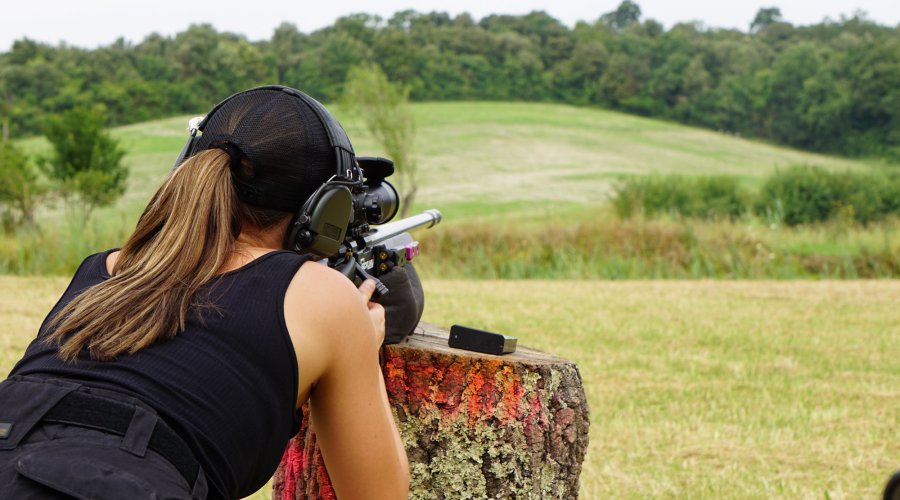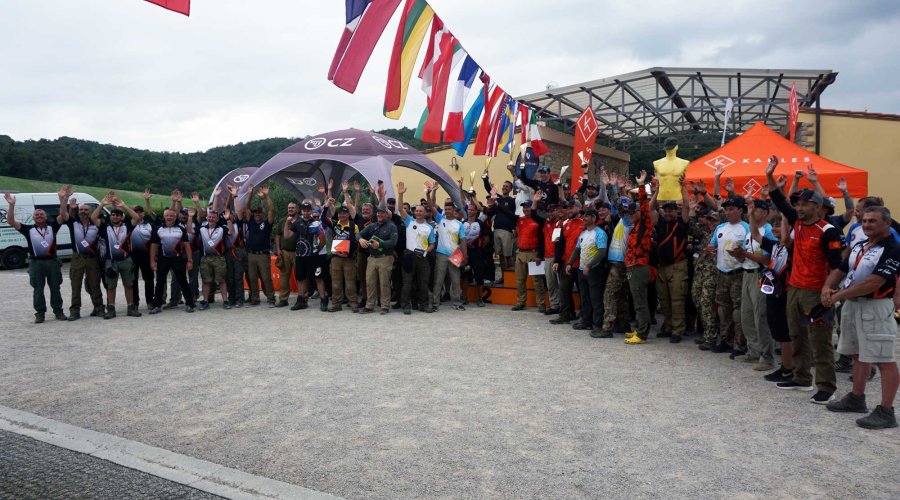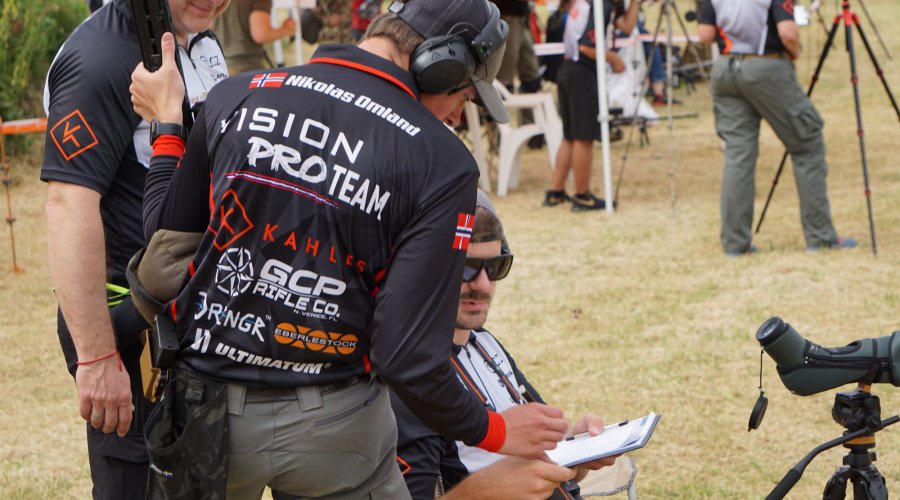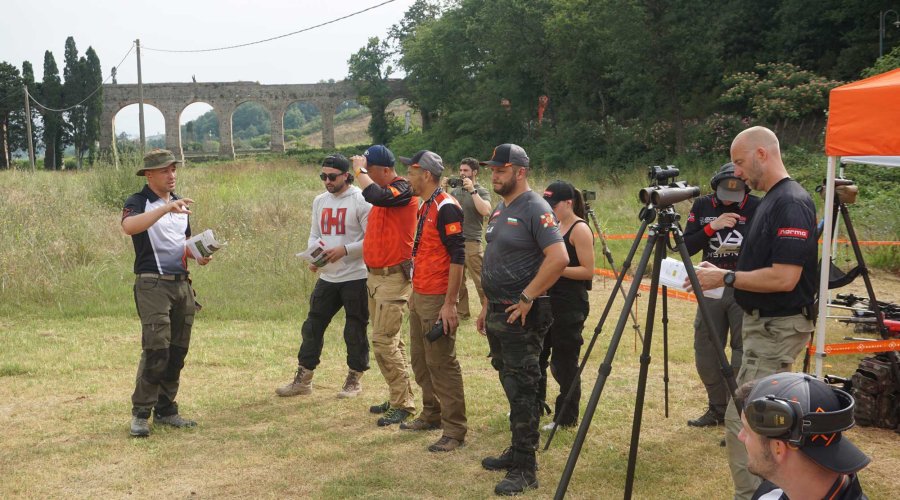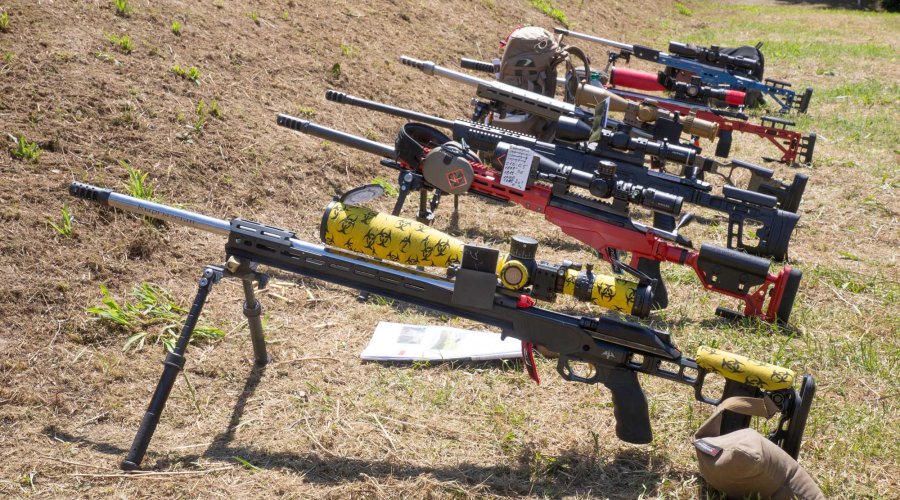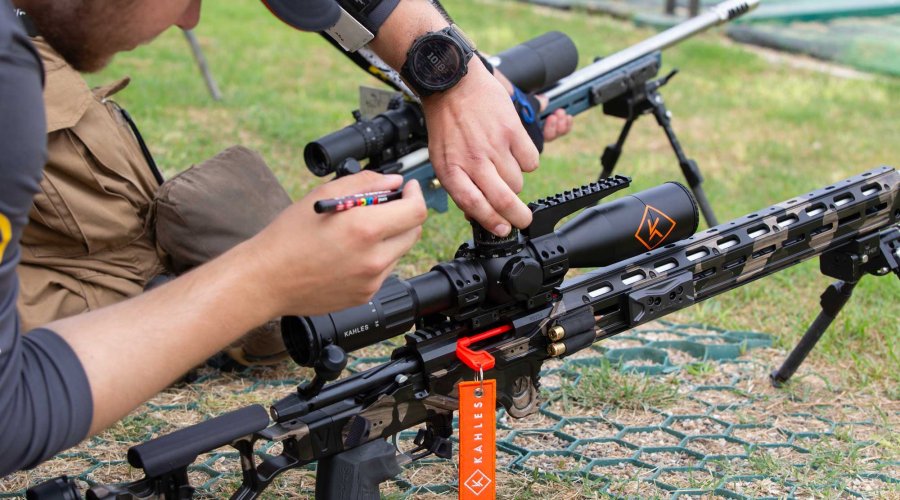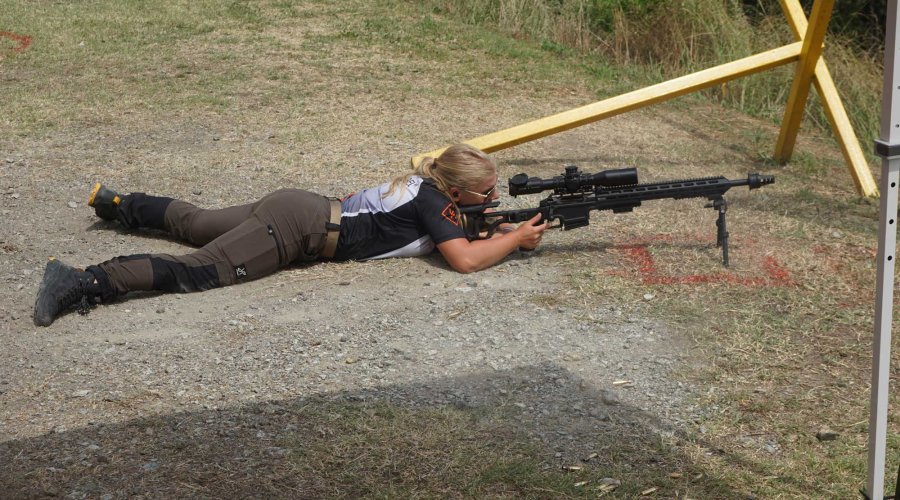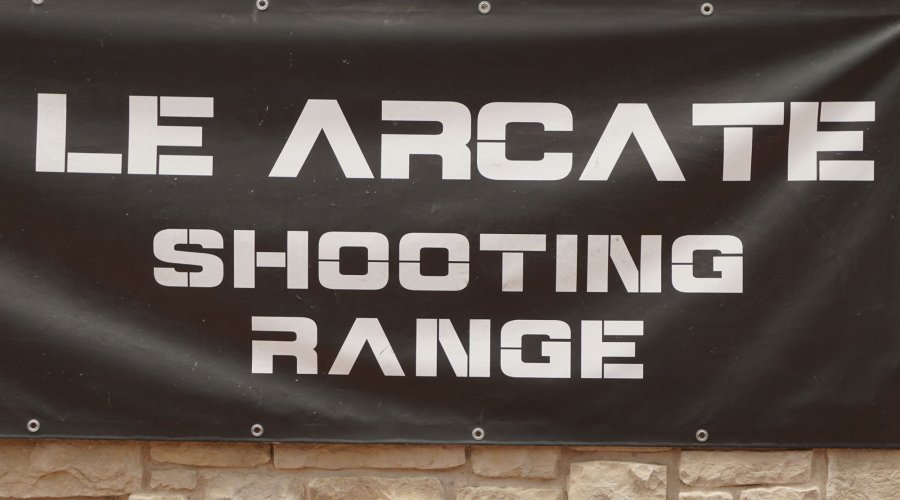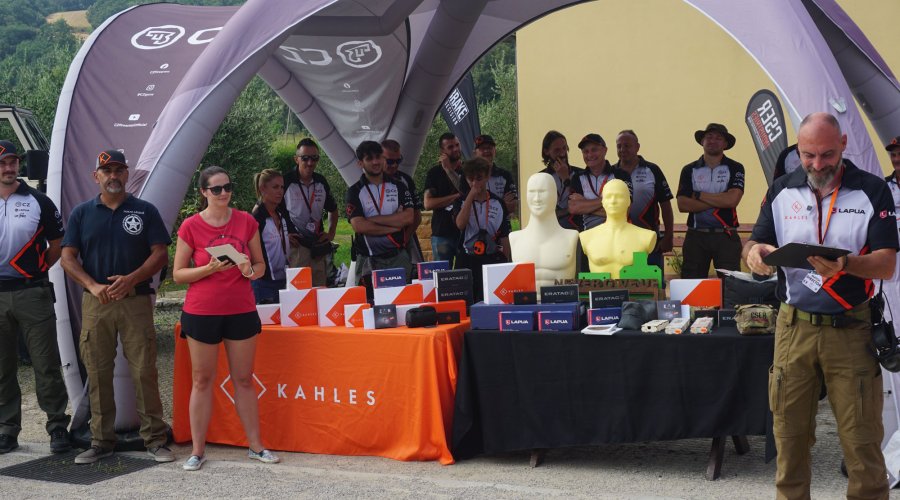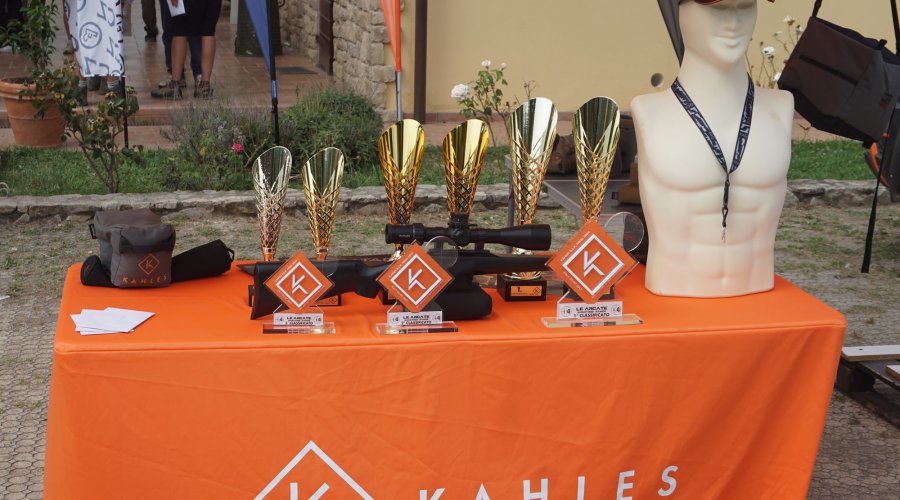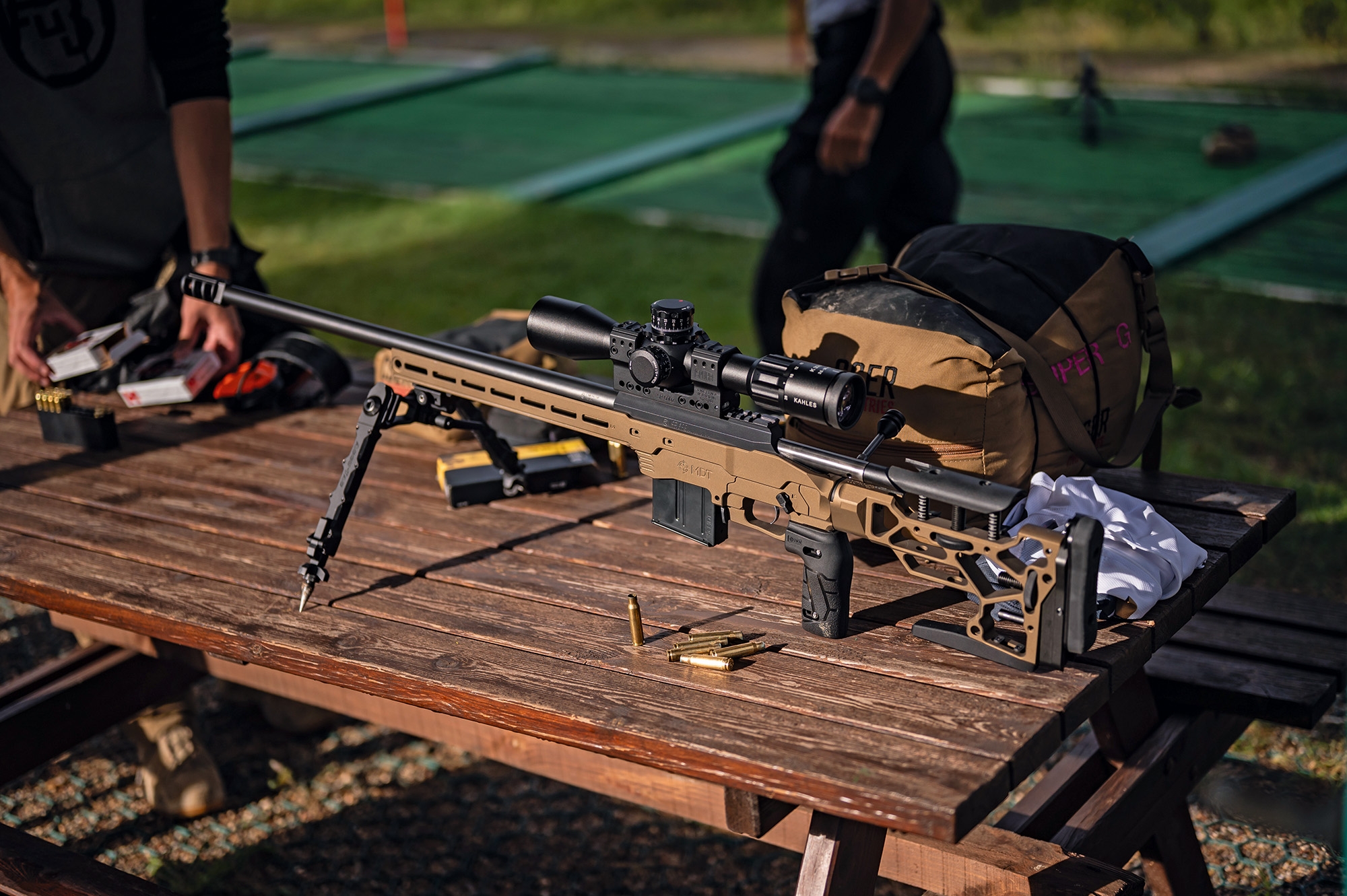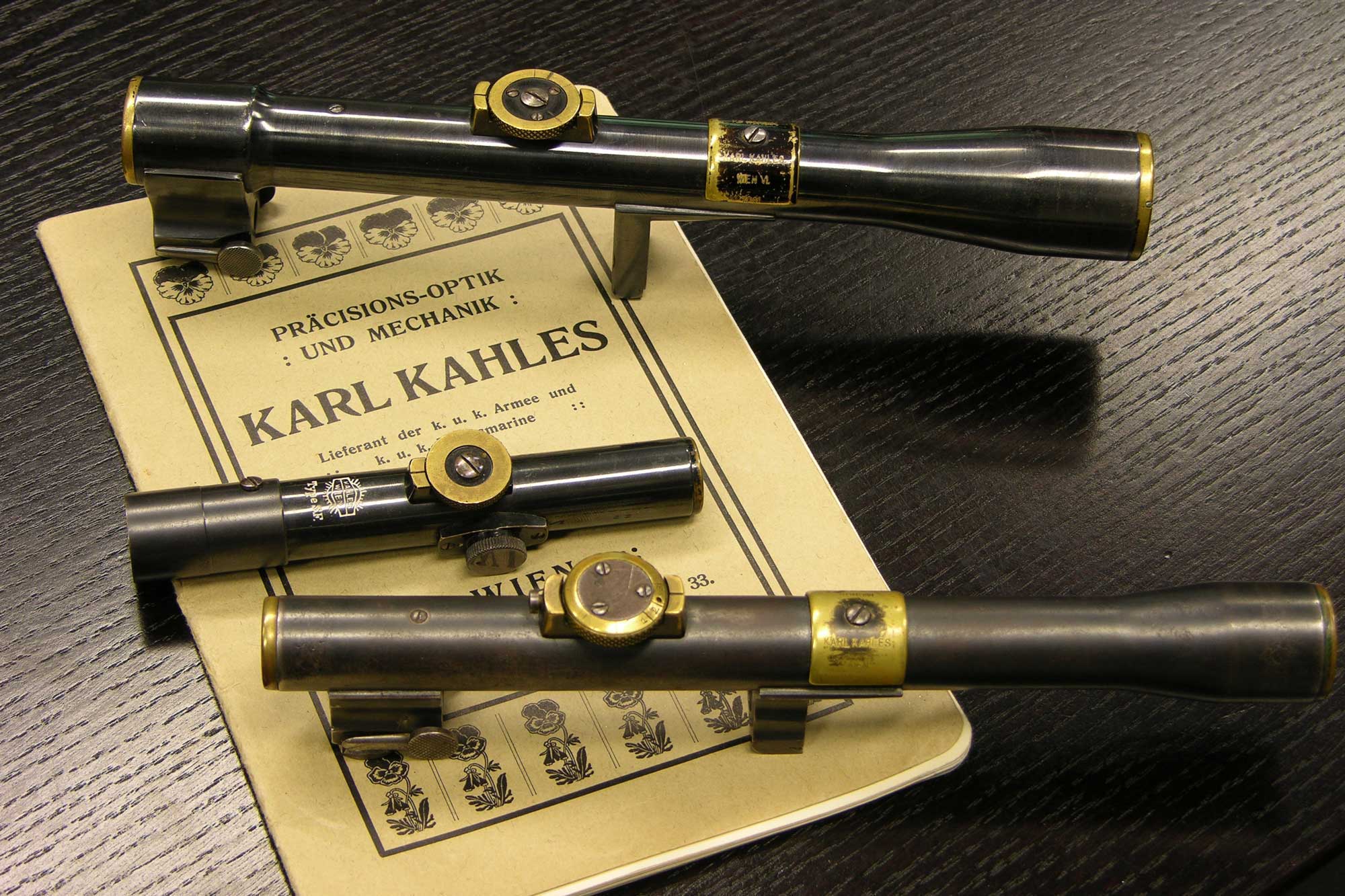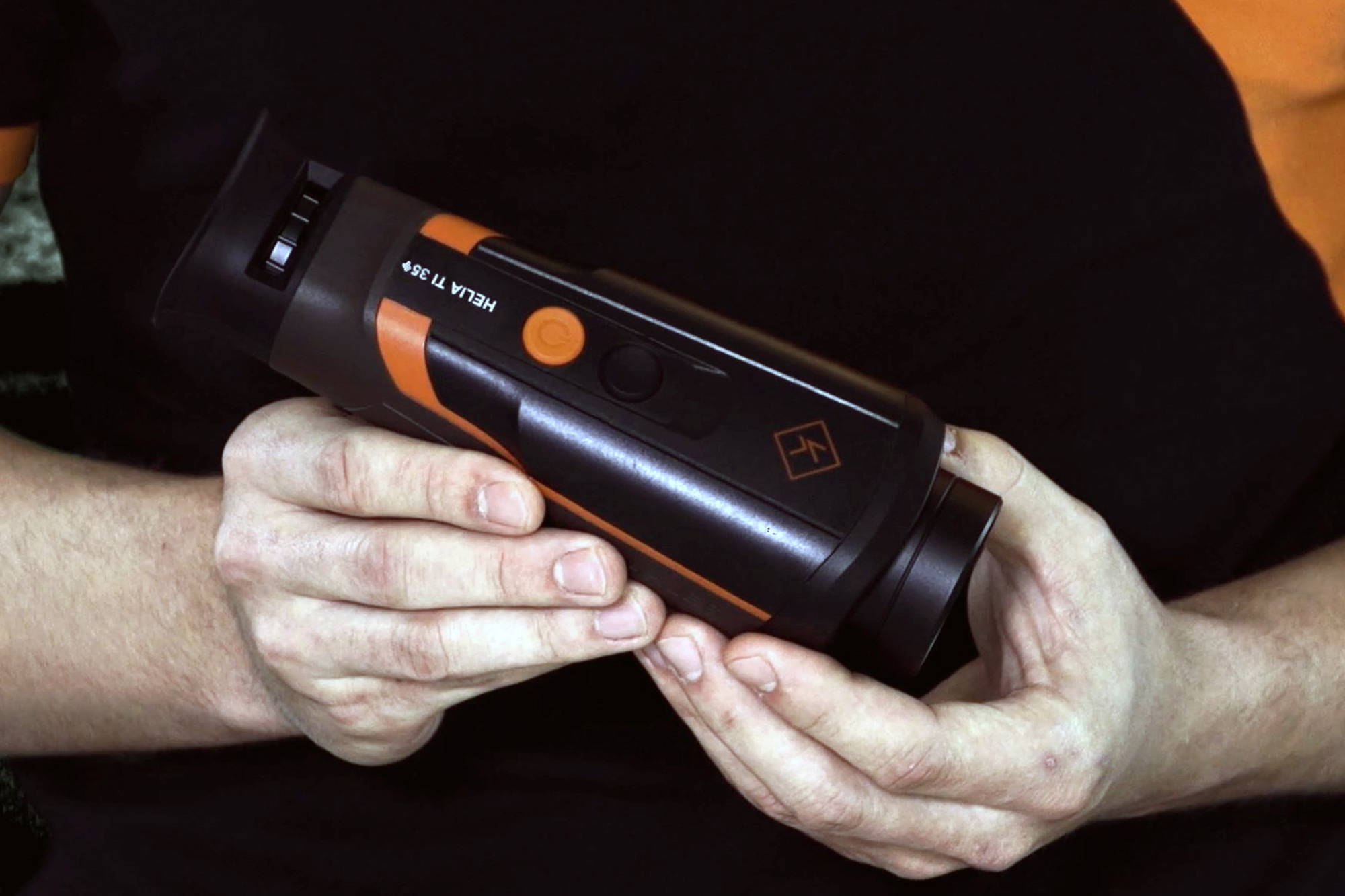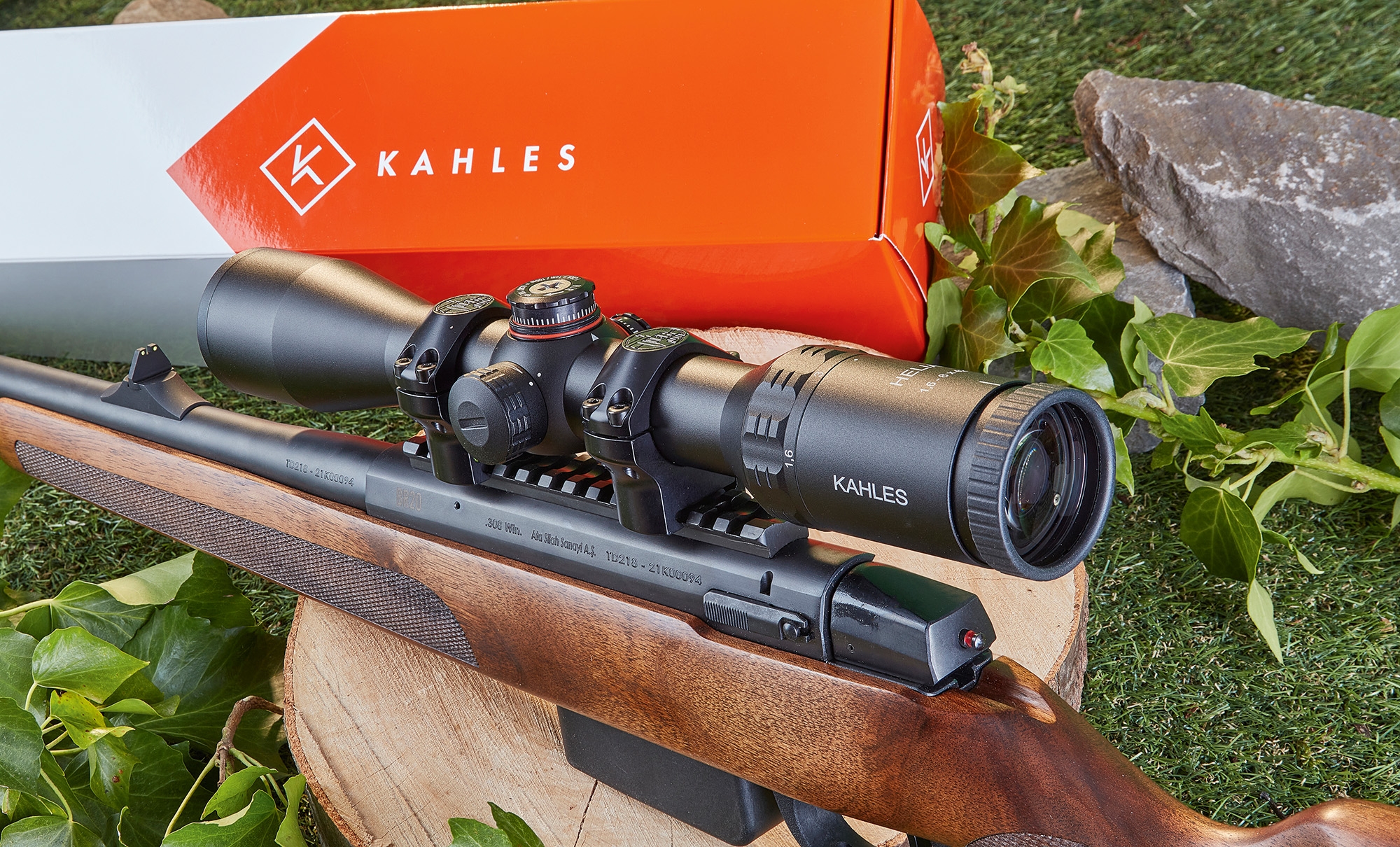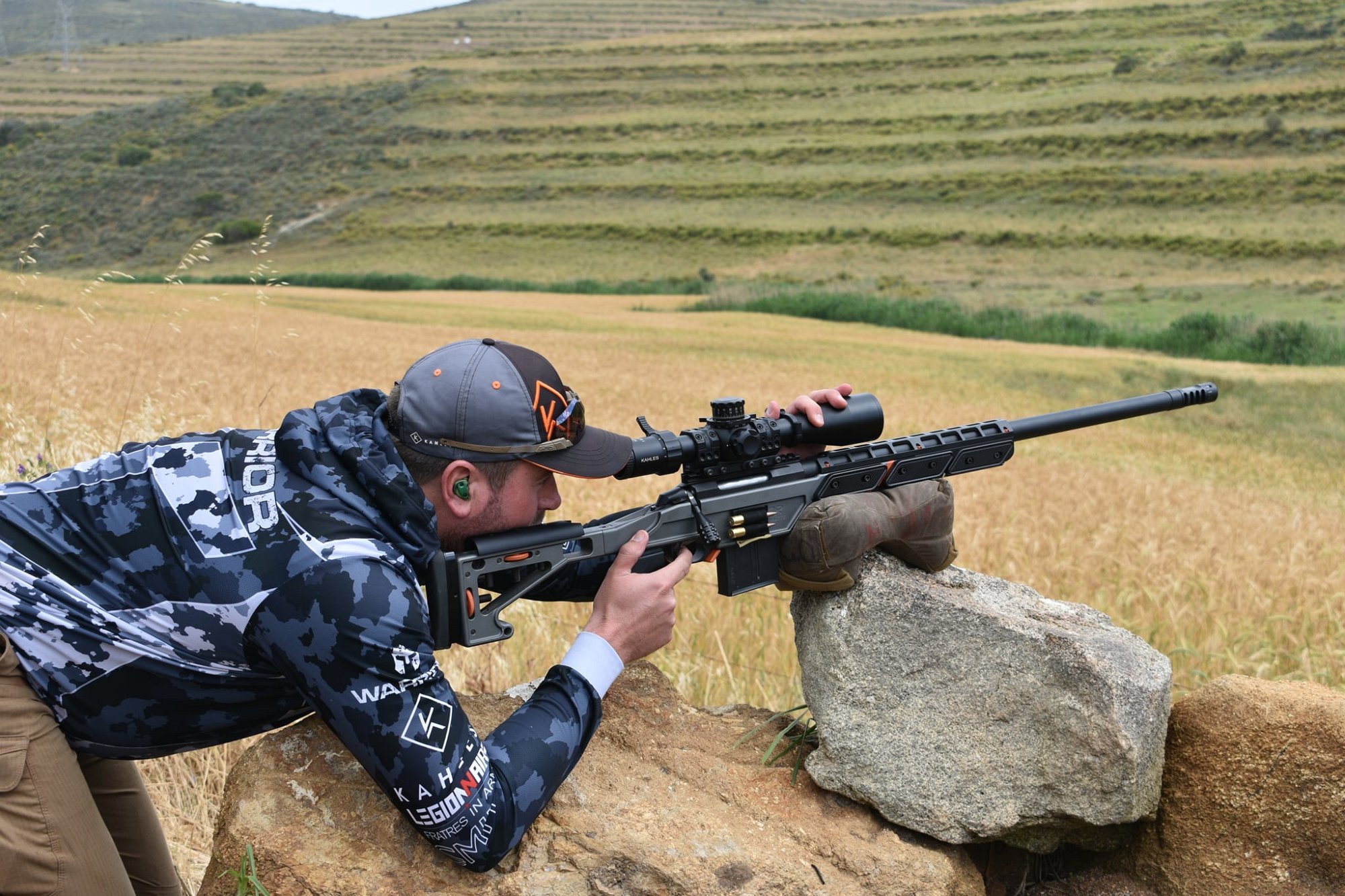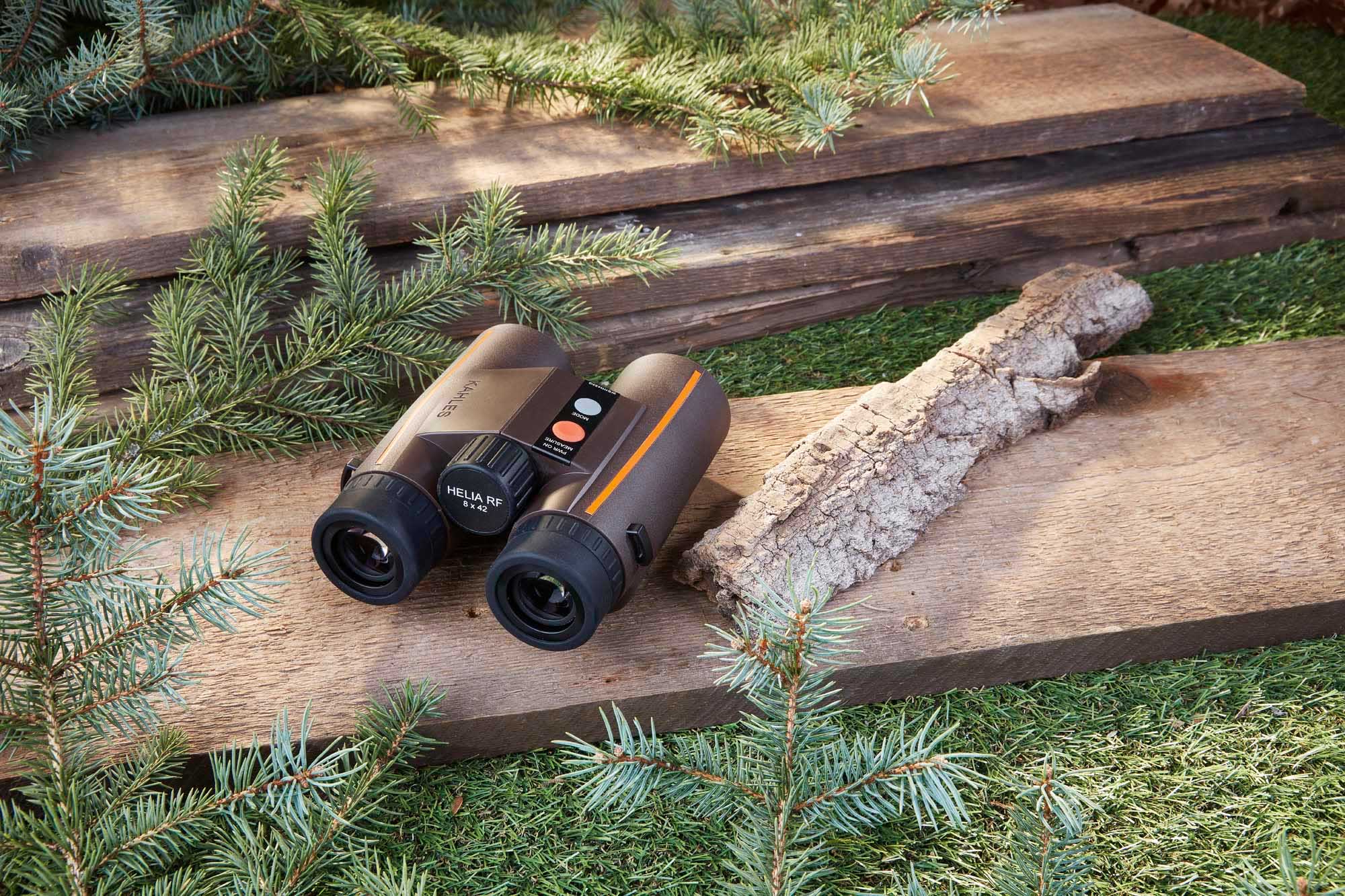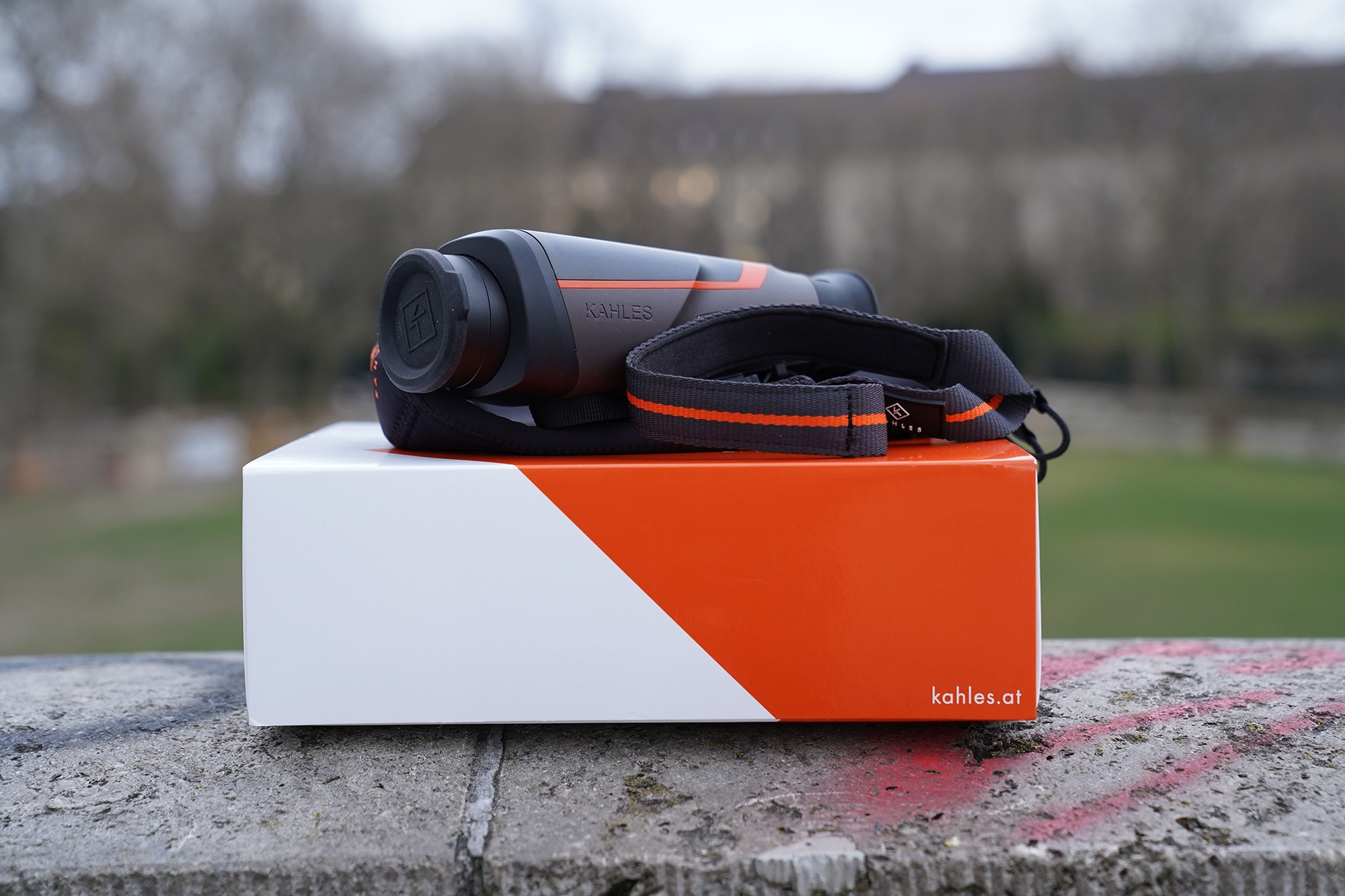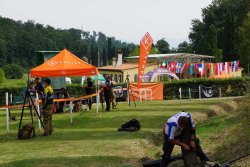
Those who were allowed to compete in the Kahles Dynamic Long Range Competition International Championship 2024 at the Le Arcate Shooting Range in Collesalvetti had either qualified at a national Kahles DLR Competition or were invited by the organiser Kahles, i.e. a wild card. A total of more than 60 participants took part, divided into 8 squads (starting groups). The shooters came from 17 nations, including Italy and its neighbouring countries as well as some Scandinavian, Baltic and Central and Eastern European countries, Asian countries such as Kazakhstan and Kyrgyzstan, but also shooters from the USA and South Africa had not shied away from the long journey.
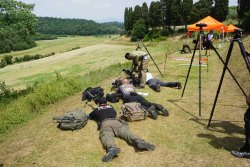
The entry fee was 200 euros per head. Ladies and the respective winners of one of the national qualifying rounds only had to pay 150 euros to take part in this extraordinary event at the privately run Le Arcate Shooting Club's extensive shooting range in the Tuscan hills north-east of Livorno, surrounded by beautiful countryside. In return, there were many valuable prizes to be won. In addition to numerous optics from Kahles, the main prizes came from the CZ-Colt Group, which provided a total of three CZ Long Range rifles, one of which was drawn from among all participants after the award ceremony. The other two went to the winners of the men's and women's competitions. Other sponsors included UFPRO from the Mehler Group, a company specialising in tactical clothing, the Hungarian outfitter CSER Industries, known in the scene for its shooting bags, and steel target manufacturer Loterfelszereles, the Slovenian bullet manufacturer ZAN, Lapua from Finland, EraTac from Germany and, as a somewhat exotic company in this round, the Austrian drinks manufacturer 2B Drinks.
General conditions for participation in the Kahles DLR Final 2024
In addition to the men's and women's competitions, there was also a separate competition for military and law enforcement long-range specialists, which we will not go into in detail here, as is customary to protect the members of such sniper units. In principle, all bolt-action rifles in calibers from 6mm to .338 Lapua Magnum with any riflescope were permitted. However, one shooter insisted on shooting the competition exercises with his AR-based semi-automatic rifle. However, he was only allowed to load the cartridges into the chamber individually by hand at each station. Other permitted accessories included bipods on the rifle, tripods, all types of shooting bags and shooting sling. Shooting had to take place on the stages from various metal stands and frames, beam constructions, metal barrels, wooden trunks or the bare ground.
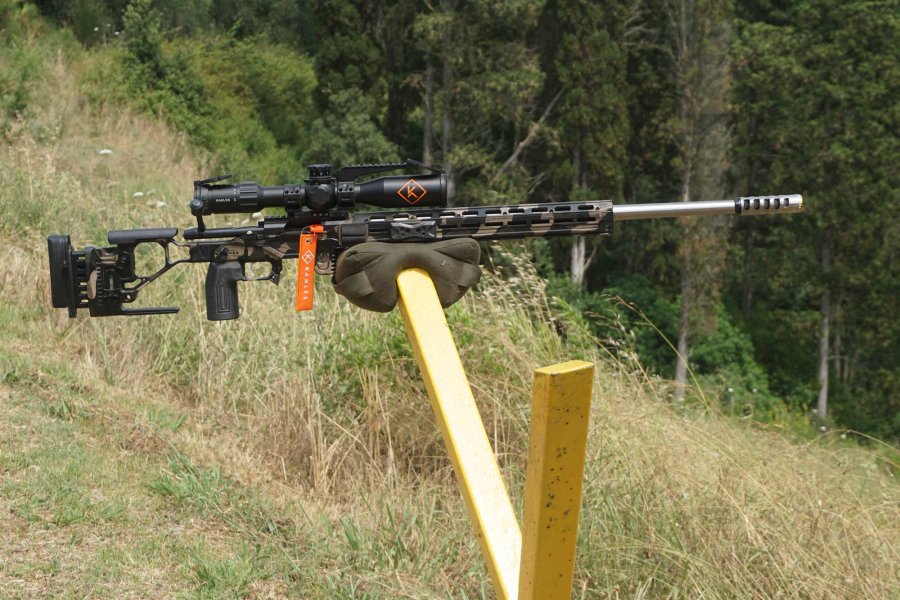
Although it was a "Kahles event", numerous long-range optics from other top brands were also on display in addition to the tried-and-tested Kahles K525i and the new Kahles K328i, which is now commercially available, here of course in the DLR version optimised for this type of shooting. We were able to scrutinise the Kahles K328i and K328i DLR in detail before the market launch, the report can be found here all4shooters.com. You can find out more about this compact LR scope which, in addition to a generous eyebox, also offers a field of view that is up to 40% larger than other scopes in this segment, in our video from this year's DLR Final. There you can also see the Kahles K328i in action with top Norwegian shooter Nikolas Omland and learn about the advantages of the K328i DLR version, especially for dynamic long-range shooting. In the video you can also see shooters using the tried and tested K525i.
There were some very challenging stages at the 2024 Kahles Dynamic Long Range International Championship
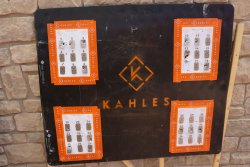
On the two consecutive days of the competition, the participants had to complete a total of 16 stages with different scoring exercises. There was also a cold bore exercise before the start of the competition, in which the shooters were able to fire a shot from the "cold barrel" at a metal plate measuring around 2.5x5 cm at a distance of 100 metres on the shooting lane. The shooters were then allowed to keep this plate as a souvenir.
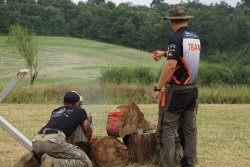
But now back to the 16 stages that were included in the scoring. They all had a fixed time limit of 90 seconds and 14 of the stages also had a specified maximum number of shots. Only at two of the stages were the shooters allowed to fire as many shots as they could in the one-and-a-half-minute time limit to hit all the targets in the correct order. In total, at least 150 shots had to be fired in order to hit all the specified targets on the 16 stages. The ranges varied between 100 m and 1,100 m, but were all known to the shooters from the match book, which contained all the important information on the sporting and organisational procedures.
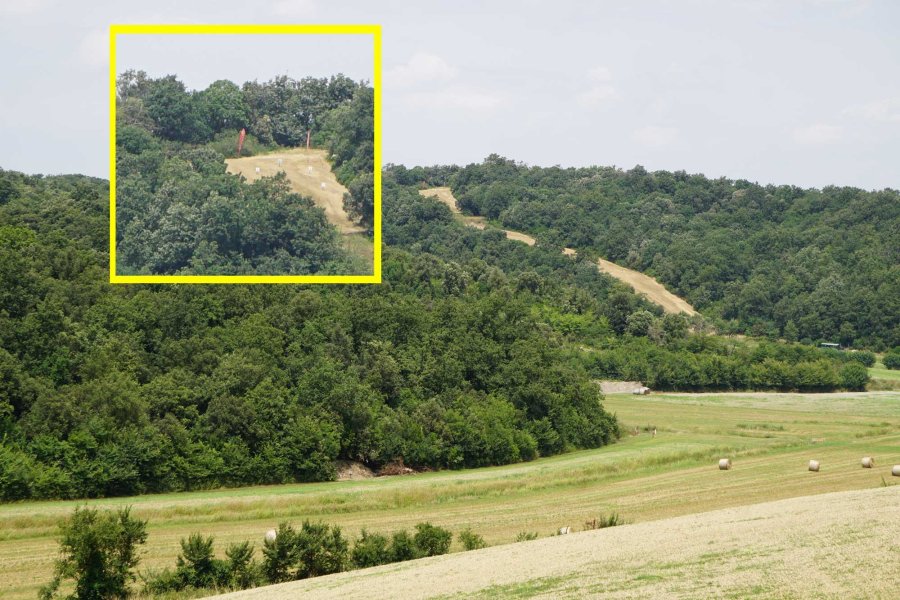
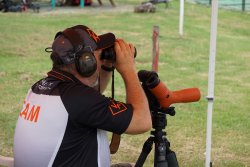
The range officers (ROs) also discussed the target distances during the obligatory briefing at each stage before each round, as well as the order in which the steel plates had to be shot at. In addition to the ROs, Le Arcate range operator and match director Valerio Junio Lunatici, together with range master Gianni Guidi, had assigned a spotter to each stage, who acknowledged each hit with a loud "impact!". In the case of very distant targets, the shooter received an acoustic hit announcement before the typical "pling" of the impact on the steel could be heard on the stage. The targets varied in size depending on the distance and difficulty of the exercise and ranged from small targets measuring 5x5 cm, 8x8 or 10x10 cm, to medium-sized targets measuring 15x15 or 25x25 cm, to large steel plates measuring 35x35 or 50x50 cm. In the more challenging stages, a nearby target had to be hit first and then a very distant one. Stage 6, for example, involved first hitting a 25x25 cm steel plate (target A) at 210 m and 50x50 cm plates at 1,002 m (target B1), 1,012 m (target B2), 1,010 m (target B3) and 1,000 m (target B4), which were also positioned much further to the left of the shooters on a steep slope. In addition to the challenge of having to hit target A again after hitting B1 in order to be allowed to shoot at B2, this stage was made even more difficult by the fact that the shooters were only allowed to work with the reticle of the telescopic sight –touching and thus also moving the turrets was taboo. On the other hand, this was one of the two stages in which it was permitted to "follow up" and use more than the maximum of eight cartridges normally permitted within the 90 seconds.
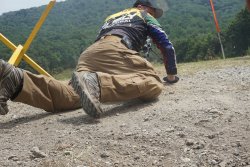
Speaking of cartridges: here too, the experienced long-range shooter and shooting instructor Aleš Žakelj from the Kahles team, who had designed the stages, had come up with a number of challenges for the participants. At some stages, all cartridges could be shot from one magazine, at others the eight shots were divided into two magazines, and there were also stages where the cartridges were in a separate box and had to be reloaded individually after each shot, whereby the box with the cartridges could also be placed a few steps behind the shooter, so that it was necessary to walk back and forth between the gun standing on the bipod and the box. These were all measures designed to increase the stress factor and difficulty for the shooters. After all, the best DLR shooters were to be selected here. Last but not least, there was also a stage in which only 5 targets of different sizes had to be hit within 90 seconds. Here there was the opportunity to score 3 more hits and thus bonus points within the time limit. Back to the overall competition: in all exercises, one point was awarded for each hit made in the correct order, plus 0.1 points for every second that the shooter successfully completed one of the stages with a time bonus earlier.
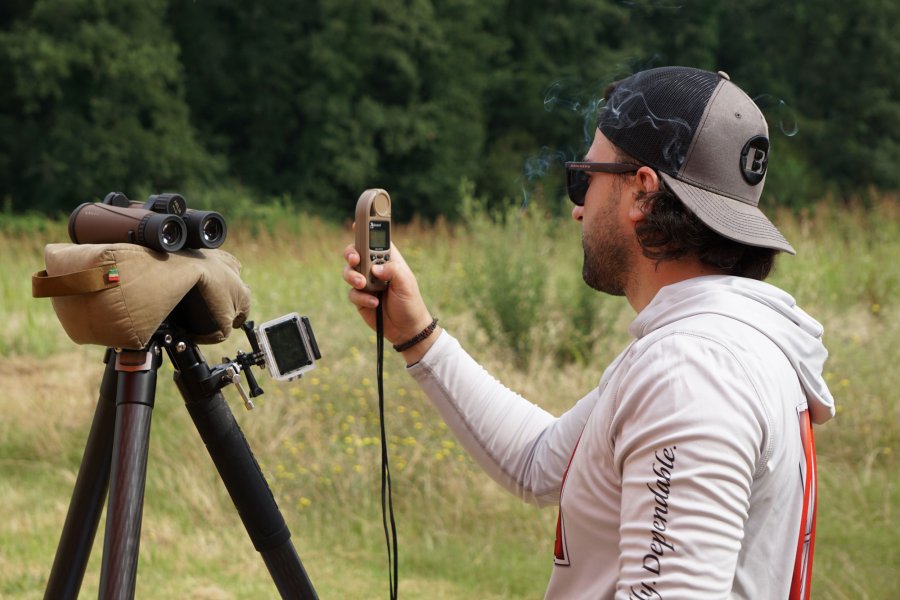
Before we go into the rankings, it is worth mentioning that the weather conditions at the Kahles DLR Finals 2024 could definitely have been worse. With temperatures of around 30 °C in the shade, it was around 10 °C cooler than expected for July. There were also a few brief showers in the morning on both days, which resulted in high humidity but cooler ground temperatures, at least during the shooting phase in the morning, and therefore different wind and humidity conditions throughout the day. After the lunch break, wind sometimes behaved particularly erratically and often changed direction, which certainly cost one or two shooters who couldn't cope with it a few points. Those who were able to deal with it better ended up in the top places at the end of the competition:
The best shooters at the international final of the Kahles Dynamic Long Range Competition 2024
Top 5 women's ranking Kahles DLR Finals 2024 | ||
1st place | Tereza Toman Helštýnová | 94.1 points |
2nd place | Ida Tenvall | 67 points |
3rd place | Giulia Trevisan | 52 points |
4th place | Nina Kostadinova | 44 points |
5th place | Kinga Listosz | 35 points |
Top 5 men's ranking Kahles DLR Finals 2024 | ||
1st place | Nikolas Omlad | 121.8 points |
2nd place | Shpend Iseni | 103.9 points |
3rd place | Nyland Sindre | 102.5 points |
4th place | Olla Javier Zabalegui | 102.4 points |
5th place | Noel Rowe | 102.0 points |
You can view the detailed results of all participants here on the Kahles DLR website.
More impressions from the Kahles DLR Final 2024
You can find more information about the Austrian optics manufacturer and its products here on the Kahles company website
Further details on the new long-range riflescope models can be found on the product pages for the Kahles K328i and the Kahles K328i DLR.


